-

Voyage update - 21 April
The crew of RV Tangaroa continues to map the seafloor on the deep northern and western slopes of the volcano, with the aim of identifying areas of morphological change of the seafloor caused by the January 15th eruption. -

Voyage update - 20 April
Today was a busy day on board RV Tangaroa, as we finished sampling at the site where the Tongan domestic communications cable broke over a distance of many kilometres during the Jan 15th 2022 Hunga Tonga - Hunga Ha’apai volcano (HT-HH) eruption. -

Voyage update - 18 April
RV Tangaroa completed its transit to the sampling site, CABLE BREAK WEST which lies at a depth of 1,920 m. -
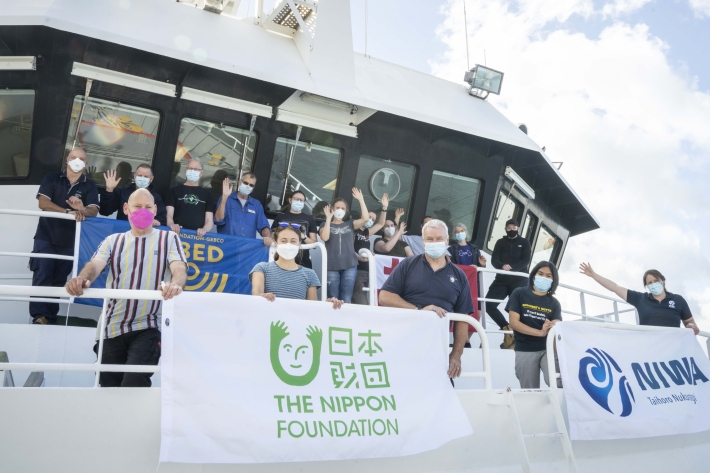
Voyage update - 17 April
Samples are collected to understand how the seafloor geology, biogeochemistry and ecosystem health has been affected by the volcanic eruption. -
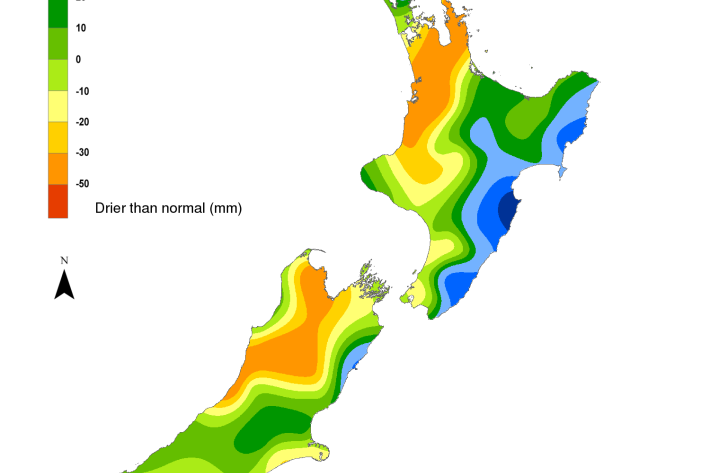
Hotspot Watch 14 April 2022
Hotspot14 April 2022A weekly update describing soil moisture patterns across the country to show where dry to extremely dry conditions are occurring or imminent. Regions experiencing significant soil moisture deficits are deemed “hotspots”. Persistent hotspot regions have the potential to develop into drought. -

Glacier timelines
Once upon a time, long ago, massive glaciers covered our landscape. As they retreat, they leave piles of sediment and rocks behind called moraines that tell an important story of New Zealand's climate history. -
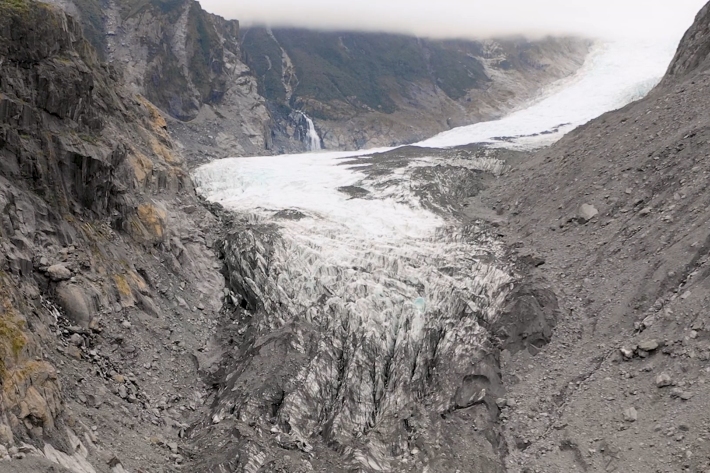
Understanding why our giant glaciers disappeared in the past gives clues to the future
Media release13 April 2022Researchers are studying the moraines around Lake Tennyson to work out why and when the glaciers disappeared. -
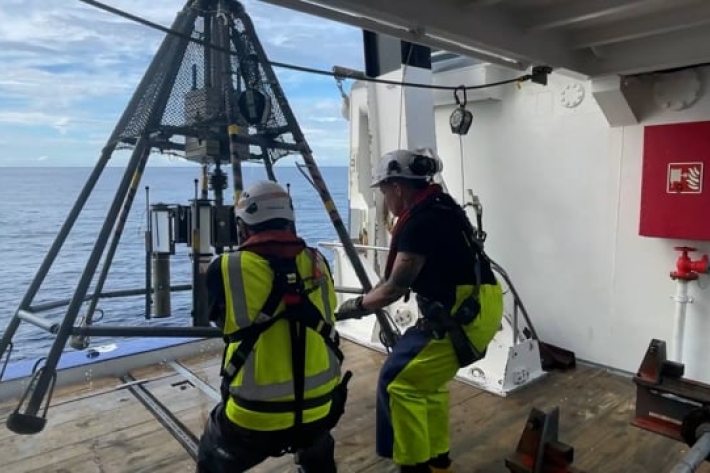
Hazards in the Tasman Sea
You’ll be blown away by what these women in science are up to onboard this RV Tangaroa voyage to the Tasman Sea. -
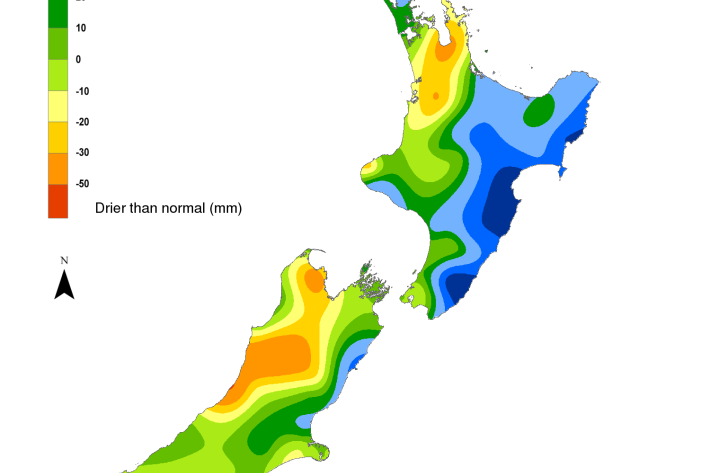
Hotspot Watch 8 April 2022
Hotspot08 April 2022A weekly update describing soil moisture patterns across the country to show where dry to extremely dry conditions are occurring or imminent. Regions experiencing significant soil moisture deficits are deemed “hotspots”. Persistent hotspot regions have the potential to develop into drought. -
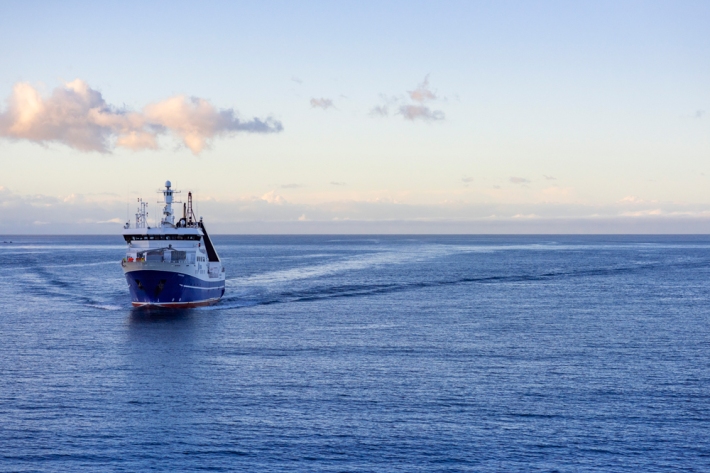
NIWA-Nippon Seabed Mapping Project a “rare opportunity” to study effects of Tonga eruption
Media release01 April 2022NIWA and The Nippon Foundation are undertaking a mission to discover the undersea impacts of the recent Tongan volcanic eruption. -
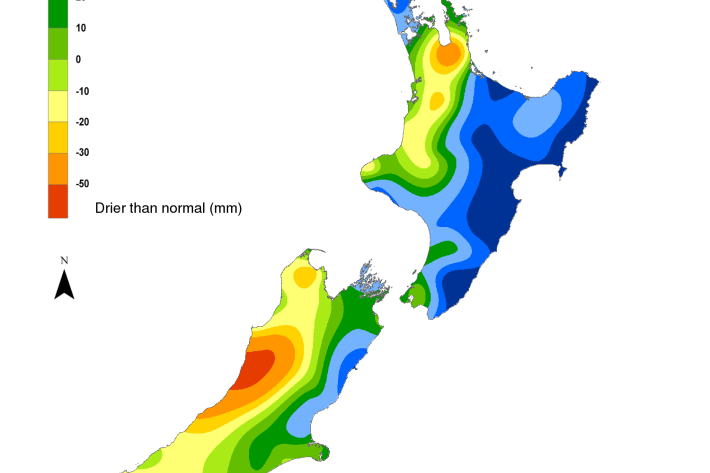
Hotspot Watch 31 March 2022
Hotspot31 March 2022A weekly update describing soil moisture patterns across the country to show where dry to extremely dry conditions are occurring or imminent. Regions experiencing significant soil moisture deficits are deemed “hotspots”. Persistent hotspot regions have the potential to develop into drought. -
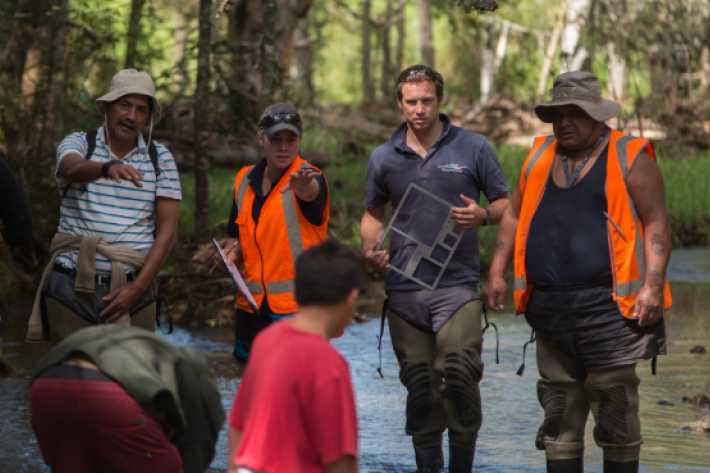
Cultural Keystone Species
Research ProjectA four-year research programme focused on the co-management and restoration of our freshwater taonga species.
